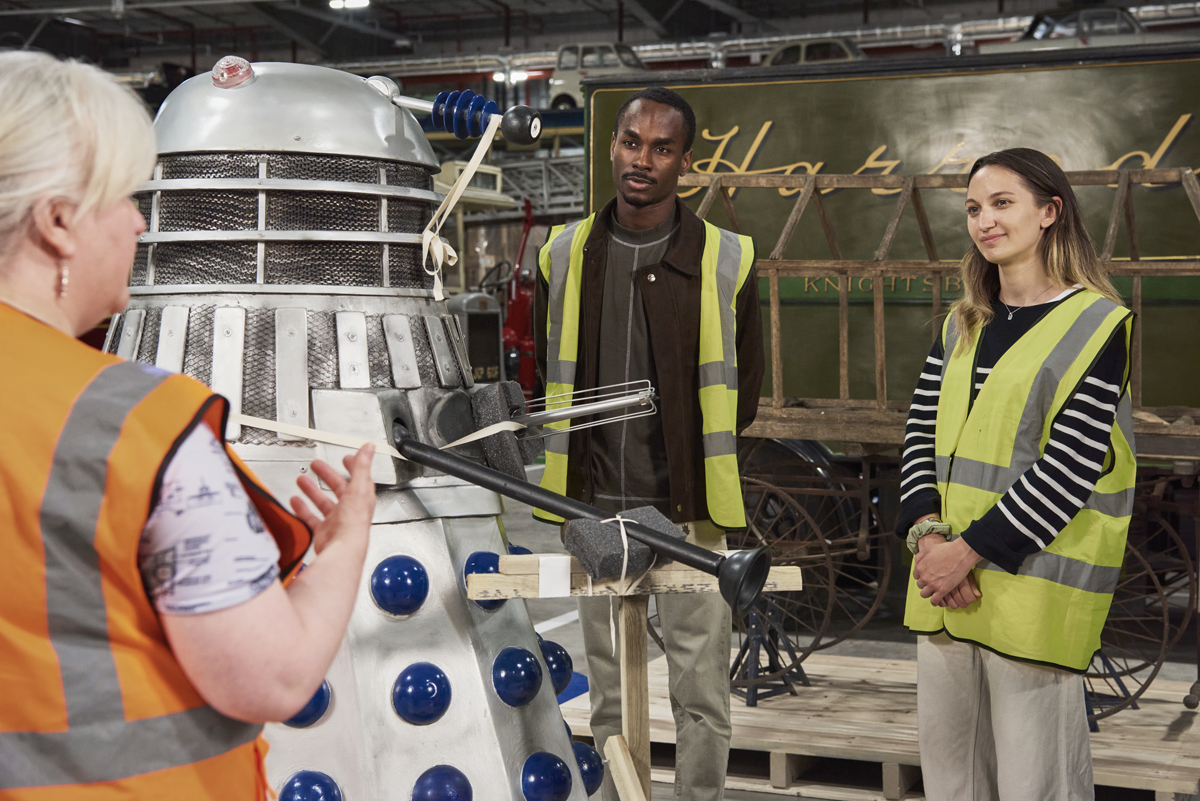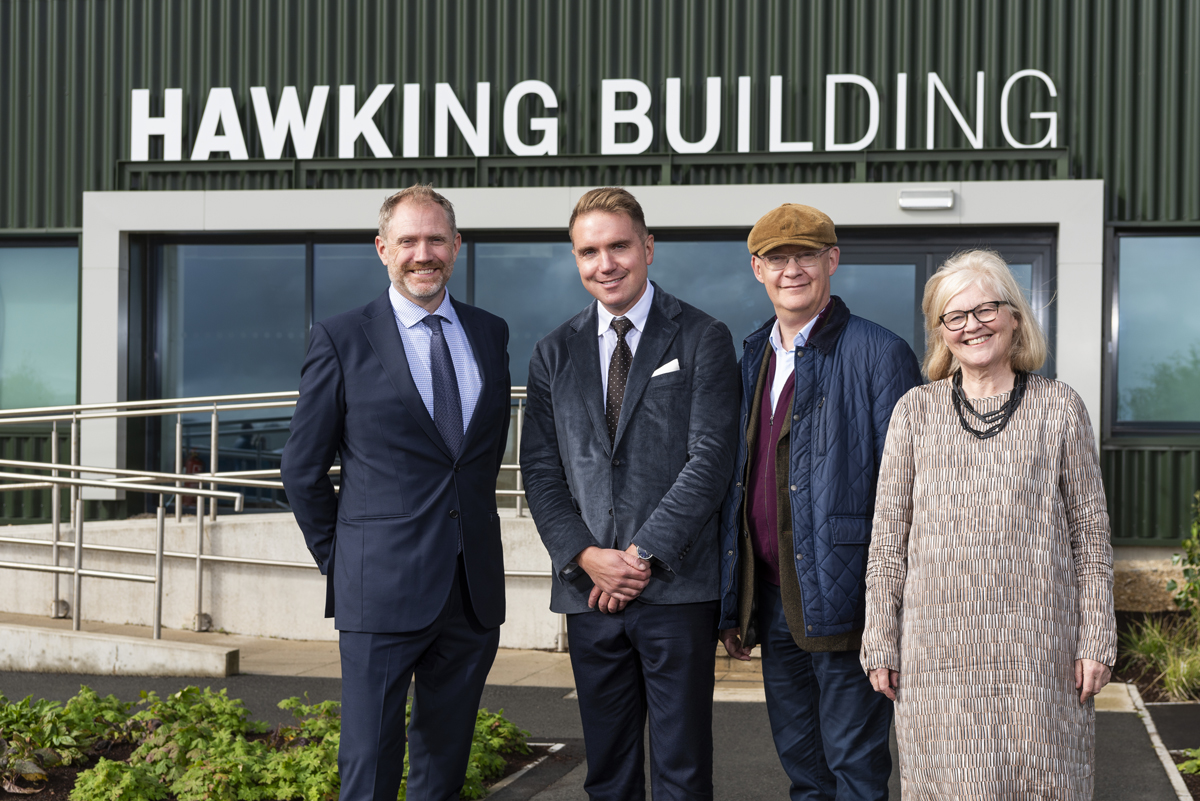
Wroughton Science Museum is opening its doors to the public for the first time today (Friday) with a new name.
The huge building at the Science and Innovation Park – formerly a storage facility for the 300,000 objects in the museum’s collection – has been renamed the Hawking Building, after theoretical physicist Stephen Hawking.
Today’s opening follows a £65 million redevelopment programme. While three hundred thousand exhibits is a lot to look at in a single visit, highlights include a toy duck used by scientists to identify landing sites on a comet, Sno-cat – the first vehicle to complete a motorised crossing of Antarctica, and hundreds of items from Professor Stephen Hawking’s office.
Other attractions include a Spacelab 2 X-ray telescope carried into orbit by the US Space Shuttle Challenger and a revolutionary Leyland Titan double-decker bus, explore shelving containing objects from Stephen Hawking’s office, and even a NASA Flight Simulator chair used to train astronauts at the Johnson Space Center.
There’s also a Dalek.


There are 300,000 objects in the museum’s collection at Wroughton
Regular guided public tours, school trips and researcher visits now enable unprecedented public access to the collection, with visitors invited to walk among towering objects and glimpse behind the scenes of a working museum store.
The Science Museum said the facility’s new name had been chosen in recognition of the lasting impact of Professor Stephen Hawking’s scientific research and public engagement, and his long-standing relationship with the Science Museum Group.
As a child, Hawking – who would later explain the probable origins of the universe to the general through his bestselling 1988 book A Brief History of Time to the general public – drew inspiration from regular visits to the Science Museum in London.
Much later, he lent his communication devices for display, gave lectures and debated Nobel Prize laureates in the museum, and even served as a guide for a day.
In 2021 the extraordinary contents of Hawking’s Cambridge University office were acquired for the nation by the Science Museum Group through the UK Government’s Acceptance in Lieu scheme.
More than 1,000 objects, including his communication and mobility equipment, have since been studied and cared for in the Hawking Building, with staff and researchers uncovering the everyday and extraordinary stories within them.


Matt Moore, associate director of SIP; Tim Hawking, son of physicist Stephen Hawking; Sir Ian Blatchford, director of Science Museum Group; Sian Williams, programme director of One Collection
Sir Ian Blatchford, director and CEO of the Science Museum Group, said: “I am thrilled to announce the Hawking Building as the name for this remarkable home for the world-famous objects in our care.
“Having been inspired at the Science Museum as a child, Stephen became a great friend to the Science Museum Group and this is a fitting way to celebrate that life-long relationship and our acquisition of the extraordinary items from his office that will inspire others for generations to come.
“The first public tours of the Hawking Building mark a significant milestone in the transformation of how we research and share our internationally significant collection with the world.
“Thanks to generous funding and support from HM Treasury and DCMS, more than 300,000 historic objects have moved to this state-of-the-art facility that sets new standards in environmentally sustainable collections care.”
Sir Chris Bryant, museums minister, said: “The Science Museum Group brings the darkest depths of the ocean and the furthest reaches of space to the public’s finger tips, inspiring visitors across its five museums. There’s nothing as inspiring as when you see a child mesmerised by the appliance of science.
“I’m delighted that the Hawking Building has opened so that even more of the Science Museum Group’s marvellous collection can educate and entertain, while offering the public a peek behind the curtain of how this great institution brings the world around us to life.”
Tim Hawking, son of Professor Hawking – who died in 2018 aged 76 – said: “As a family, we are delighted that the Science Museum has chosen to name this magnificent new facility the Hawking building.
“We are so grateful to the Science Museum Group for taking such good care of the Stephen Hawking collection and ensuring that his work and legacy as a scientist, disability advocate and technology pioneer will be accessible to visitors to their museums nationwide.”
Guided public tours take place until Friday, November 15, although tickets sold out in advance. Bookings are now being taken for the 2025 season, which begins in March, at https://www.scienceinnovationpark.org.uk/visit-us/public-guided-tours


An aerial view of the Hawking Building at the Science and Innovation Park
